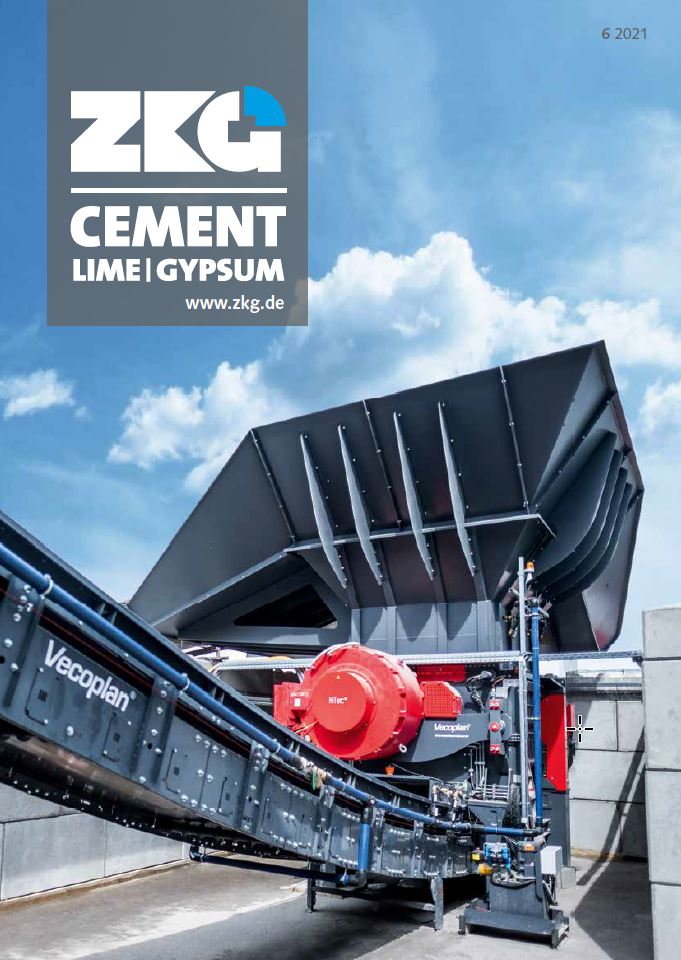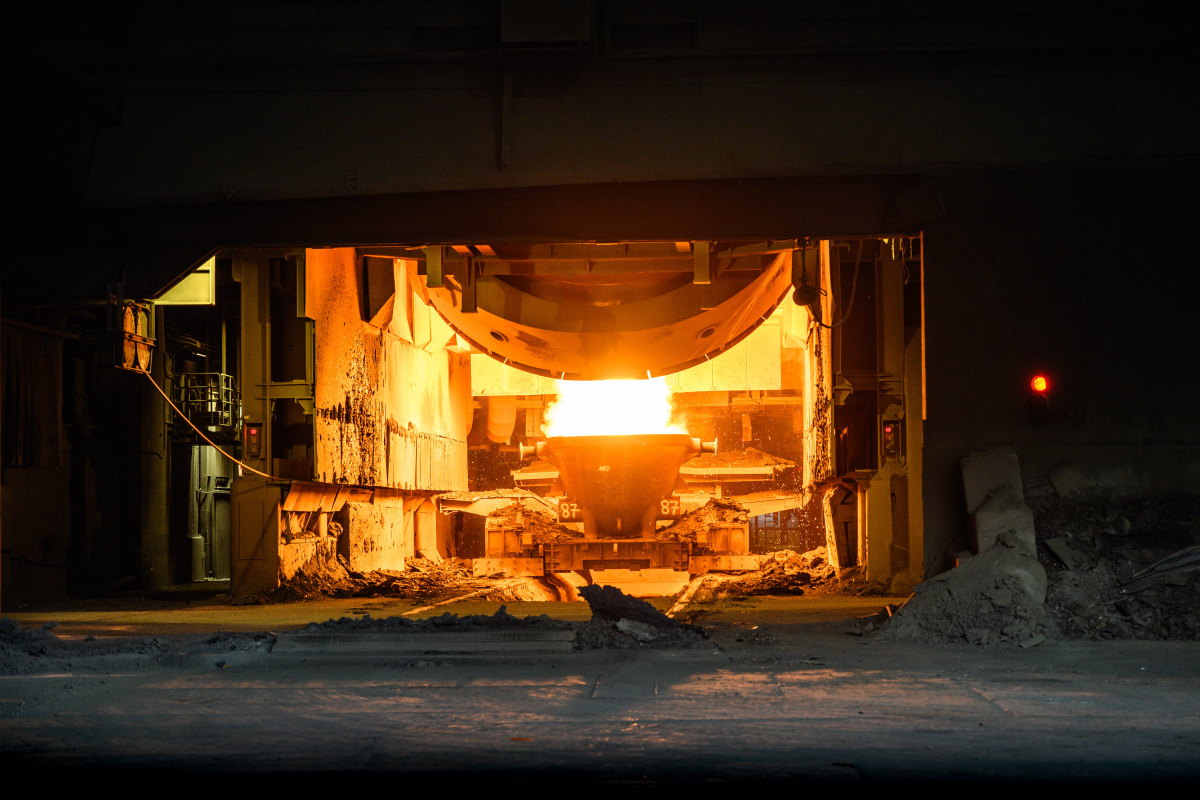The knowledge of valuable secondary raw materials
“Let your actions keep pace with your knowledge,” says a Chinese proverb. This also applies to efficient and sustainable management. It is true that iron slag, a by-product from the steel industry, has been making an important contribution to the circular economy and resource conservation for decades. However, misleading or missing information repeatedly ensures that the secondary raw material and the quality-tested building materials and fertilizers made from it are given lower priority. Examples are tenders that only allow primary raw materials or recycled materials, or confusion with ashes. For this reason, the FEhS – Institute for Building Materials Research has published the brochure “FAQ Ferrous Metallurgical Slag”. It gives an overview of composition, properties, use and environmental aspects. Literature references and a glossary round off the publication, which is aimed primarily at experts and decision-makers in politics, administration, authorities and companies.
Thomas Reiche, Managing Director of the FEhS Institute: “We often find that inadequate information or the reduction of secondary raw materials to recycled materials have led to disadvantages for the use of ferrous slag, for example when discussing the framework conditions for its use. However, anyone who takes recycling management and resource conservation seriously must consider all available alternatives. With the new FAQ we would like to remedy this situation. Coupled with the demand that iron slag be treated fairly in decision-making processes in the future.”
Ferrous slags are produced during the production of pig iron and steel. They resemble natural volcanic lava with their essential components calcium, silicon, iron, aluminum and magnesium (in their respective oxide forms) as well as in their chemism, but also with regard to their mineralogy. Slags are not ashes! The residues from thermal combustion processes differ significantly from slags in their physical, chemical and mineral characteristics.
The approximately 12.5 million t of blast furnace and steel mill slags produced annually in Germany (2019) are used primarily as a raw material for cement production and aggregate in traffic route construction, but also as fertilizer in agriculture. Like all other raw materials and products, iron slags are constantly controlled and approved for the various applications according to national and international regulations.
Since 2010, iron slags have been registered as non-hazardous substances under the European Chemicals Regulation REACH. The content of environmentally relevant constituents is very low and comparable to that of natural rock. Its environmental compatibility has been confirmed by numerous studies and investigations. In addition, the use of iron slags has replaced over one billion tons of natural rock in seven decades in Germany alone – equivalent to the volume of the Zugspitze – and avoided the emission of over 200 million t of CO2.


